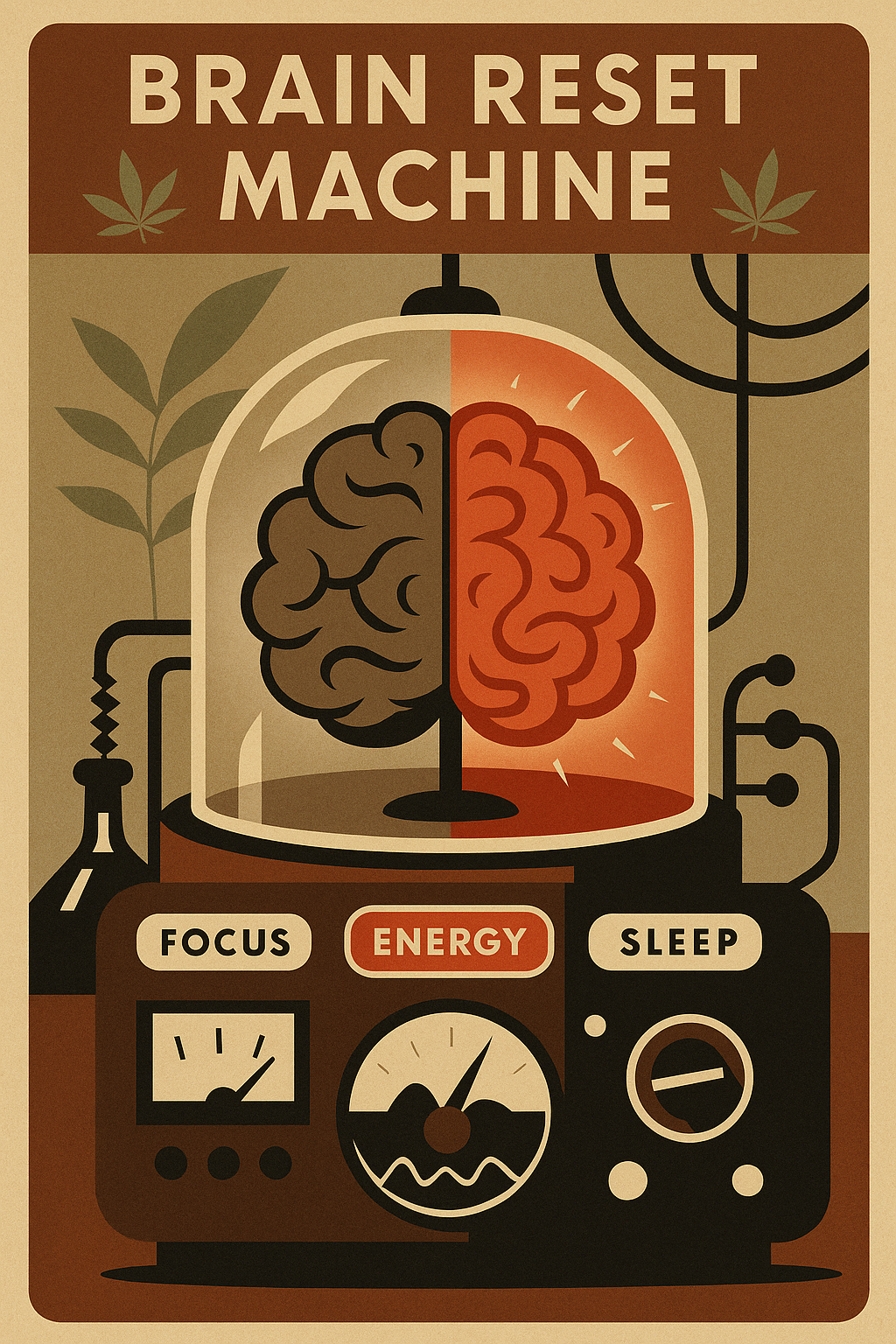The Science Behind Cannabis Withdrawal: What to Expect

Eric Rollington
December 10, 2024
The Science Behind Cannabis Withdrawal: What to Expect
Introduction
Quitting cannabis can feel overwhelming, especially if it's been part of your daily routine. While some people experience only mild symptoms, others face difficult cravings, anxiety, and sleep problems. Understanding the science behind cannabis withdrawal helps you prepare for what's ahead and gives you the tools to navigate recovery more effectively. In this article, we'll break down the biological and psychological aspects of withdrawal and explain what you can expect at each stage of the process.

Why Cannabis Withdrawal Happens
Cannabis works by interacting with the body's endocannabinoid system, a network of receptors that influence mood, memory, appetite, and sleep. Over time, regular use can alter how these receptors respond to natural signals, essentially teaching the brain to rely on THC for balance.
When you stop using cannabis, your brain needs time to recalibrate. This is what causes withdrawal symptoms. The intensity of these symptoms often depends on how long and how heavily you've been using.
Common Withdrawal Symptoms
Most people who quit cannabis experience a cluster of symptoms within the first two weeks. The most common include:
Irritability and mood swings caused by chemical imbalances in the brain.
Sleep disturbances, such as insomnia or vivid dreams, as your body adjusts to life without THC.
Cravings triggered by environmental cues or stress.
Changes in appetite, with some people experiencing loss of hunger and others binge-eating.
Anxiety or restlessness, which can feel more pronounced during stressful moments.
While uncomfortable, these symptoms are temporary and typically fade as the brain rebalances itself.

The Timeline of Cannabis Withdrawal
Days 1–7: Acute Symptoms
Within 24 hours of stopping, many people begin to notice irritability and difficulty sleeping. Cravings can be strong, and anxiety often peaks in this stage. This is the body's acute reaction to the sudden absence of THC. Staying hydrated, exercising lightly, and keeping a structured routine can make this stage more manageable.
Days 8–14: Peak Discomfort
During the second week, withdrawal symptoms usually peak. Sleep may still be disrupted, and cravings often come in waves. Emotional swings can be frustrating, but this phase marks a turning point — most people notice gradual improvements after this stage.
Days 15–30: Adjustment Phase
By the third and fourth weeks, symptoms begin to fade. Energy levels improve, appetite stabilizes, and sleep patterns return to normal. While occasional cravings may still appear, they're usually less intense. This stage is about building new habits and reinforcing your decision to stay cannabis-free.
Long-Term Recovery: Beyond 30 Days
Once the initial withdrawal phase ends, many people report feeling clearer, more motivated, and more balanced emotionally. The brain's dopamine system, which regulates pleasure and reward, continues to recover for several months. This is why the benefits of quitting — such as better focus, improved mood, and higher energy — often feel stronger the longer you stay cannabis-free.
How to Make Withdrawal Easier
While withdrawal is challenging, there are strategies to make it easier:
Stick to a consistent sleep schedule to reduce insomnia.
Exercise regularly to release endorphins and combat cravings.
Replace smoking rituals with healthier alternatives, such as tea, journaling, or mindfulness.
Seek support from friends, family, or online communities.
Track your progress with a journal or app to stay motivated.
Conclusion
Cannabis withdrawal is temporary, but the benefits of quitting last a lifetime. By understanding the science behind withdrawal, you can better prepare for the challenges ahead and create a plan to succeed. Remember, every day without cannabis is a step closer to clarity, balance, and control over your life.
Ready to quit cannabis?
Join thousands who have successfully broken free with the TBreak app. Track your progress, get support, and reclaim your life.
Download TBreak Now→